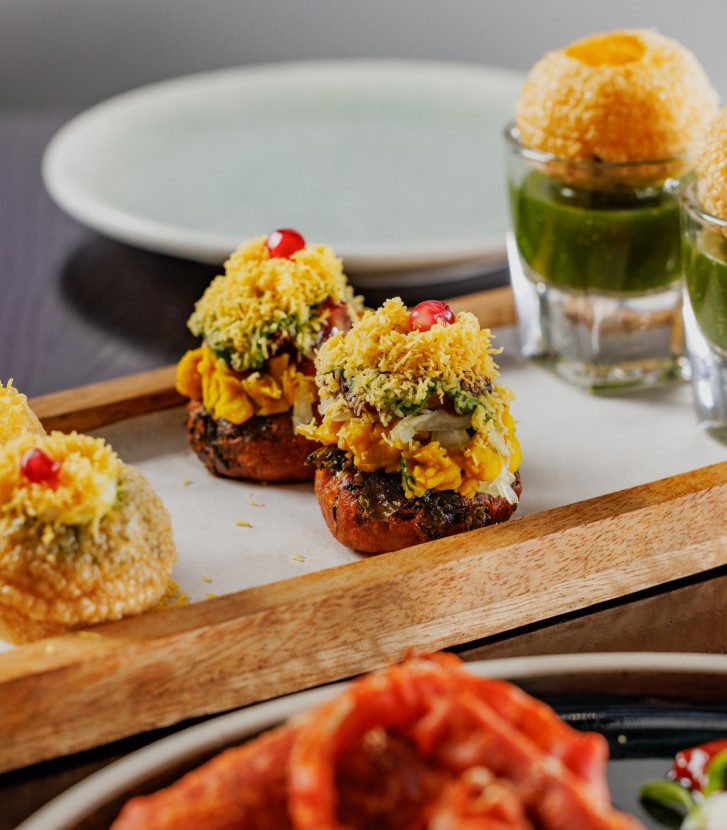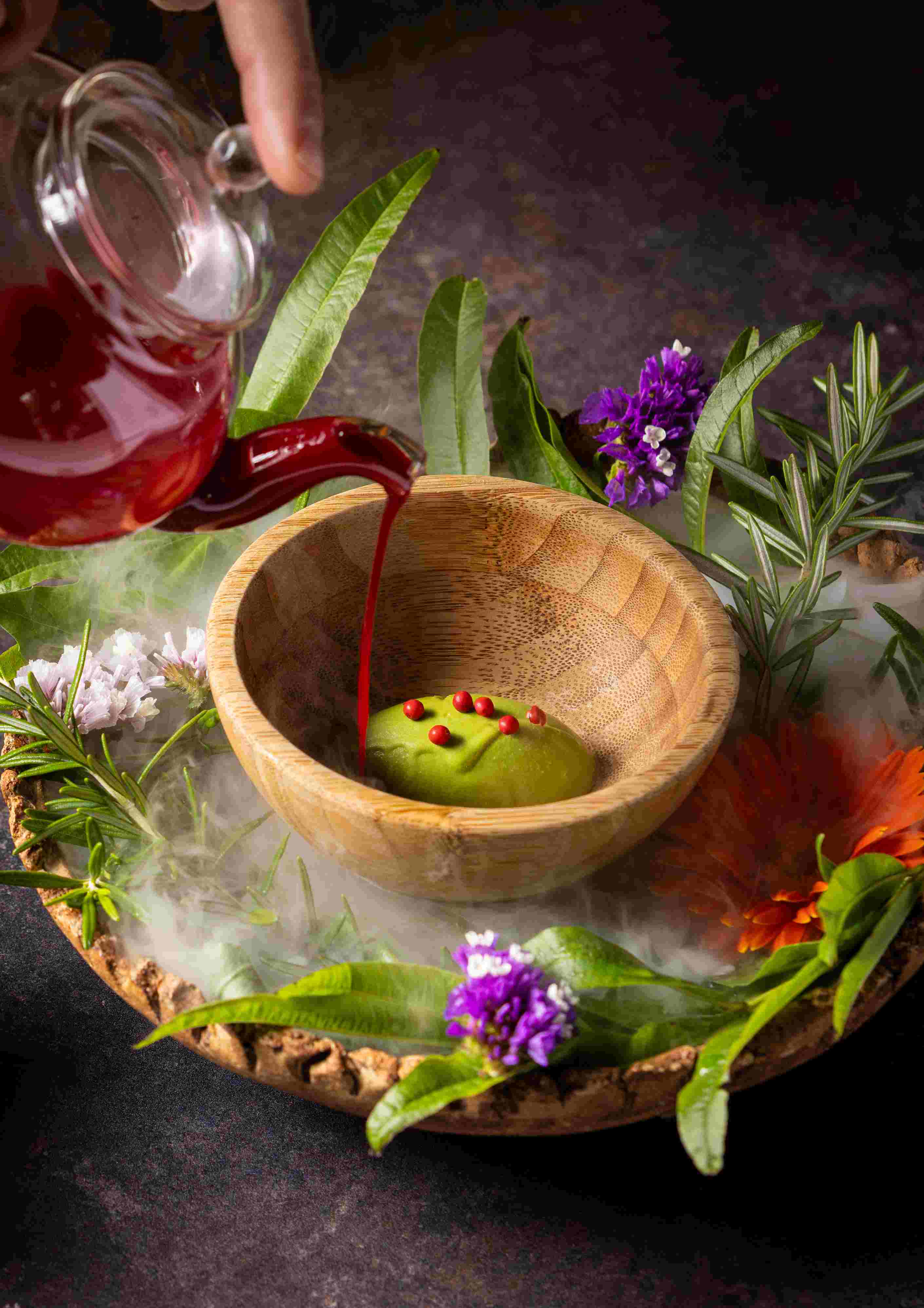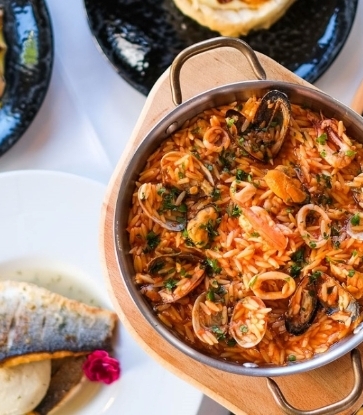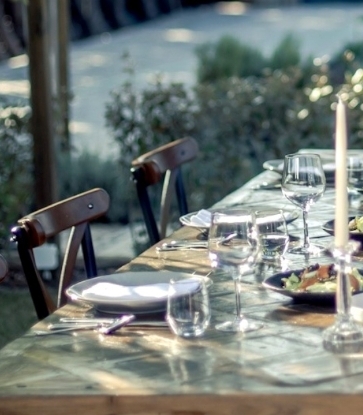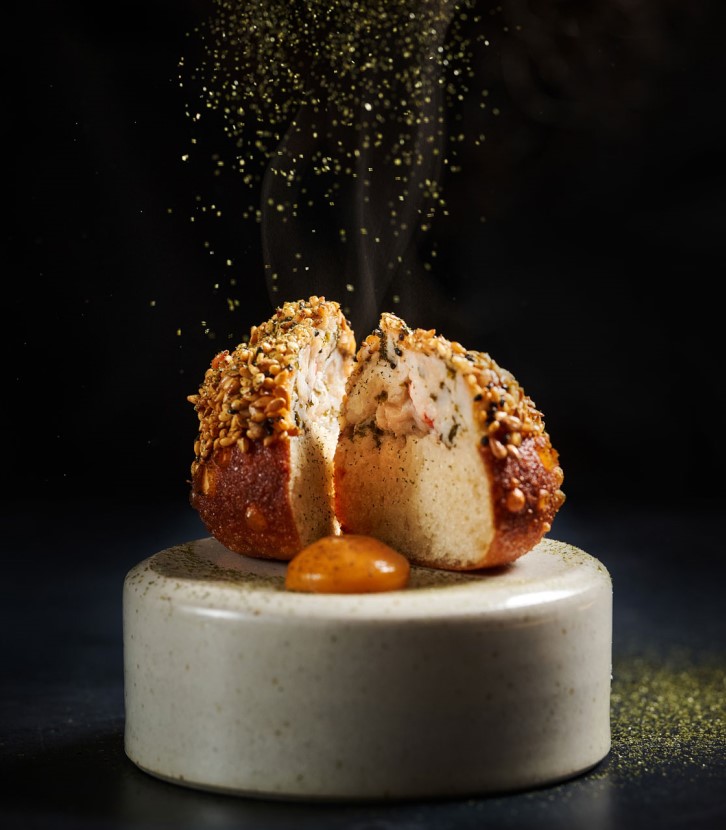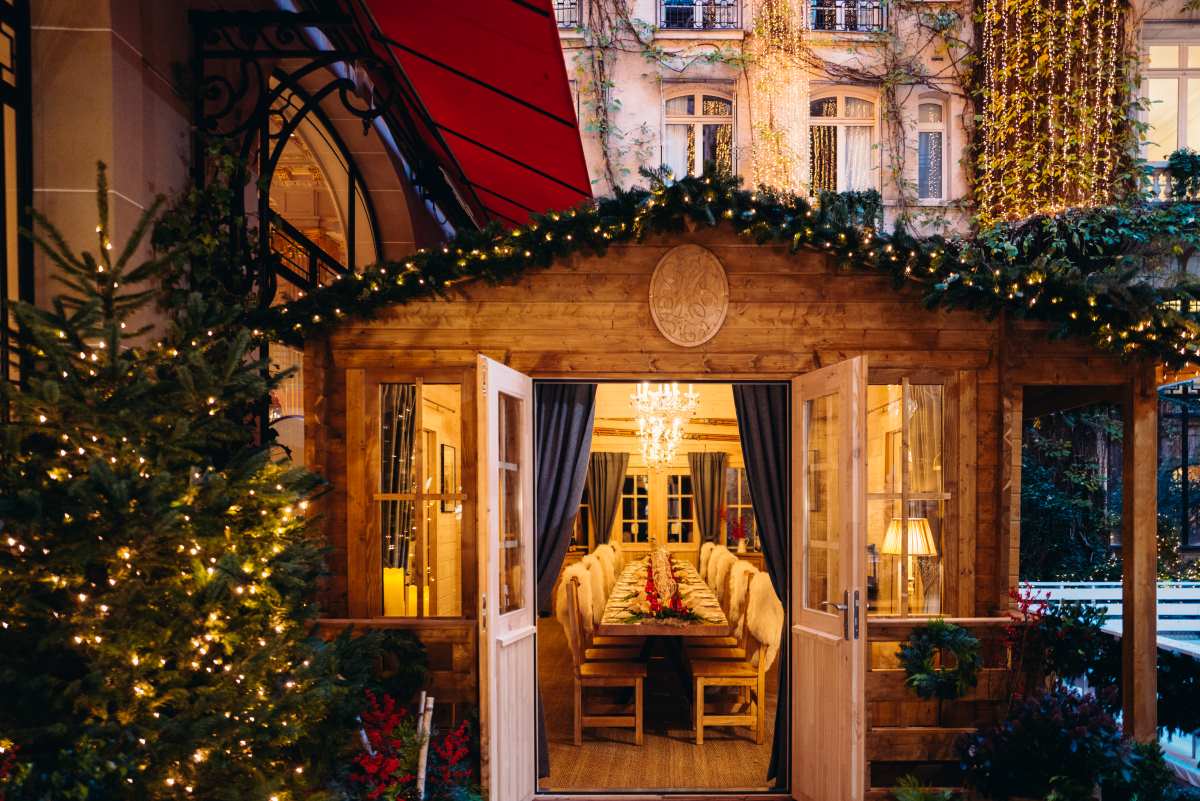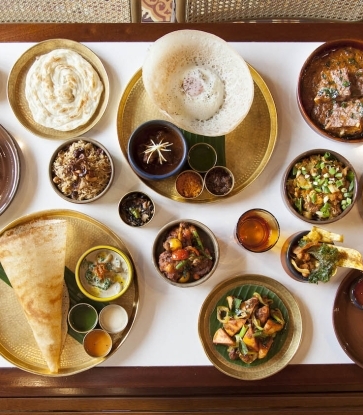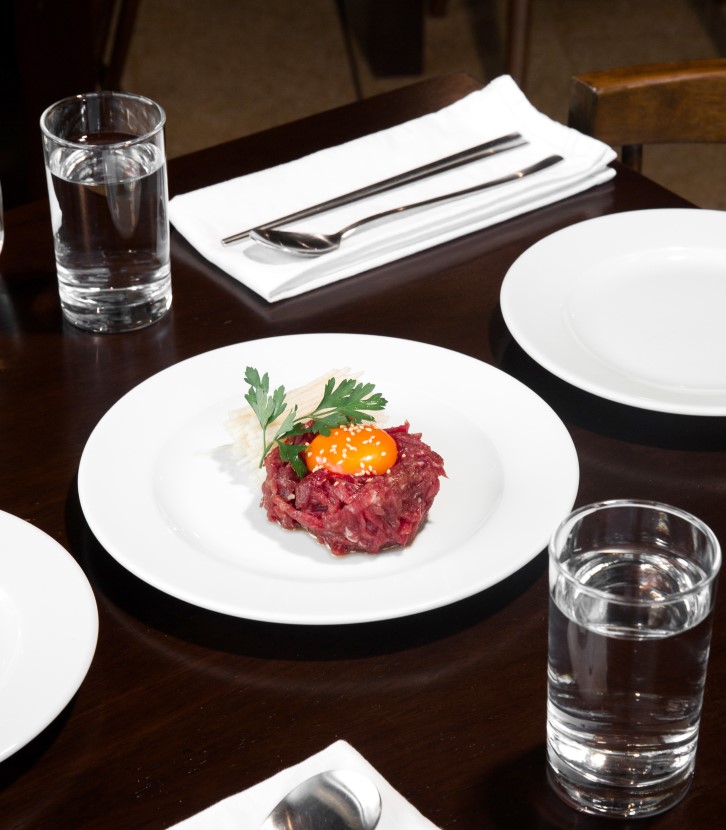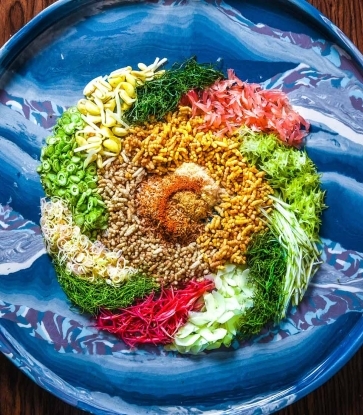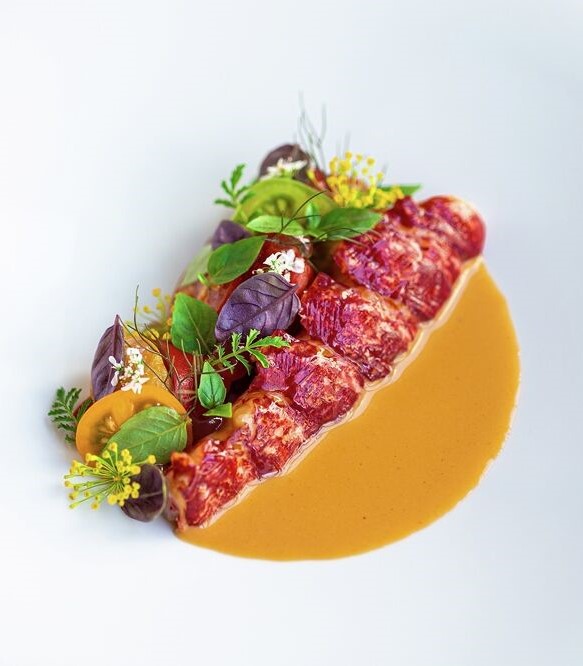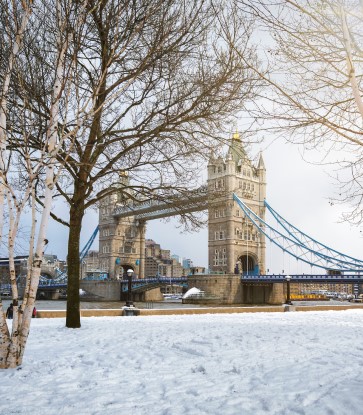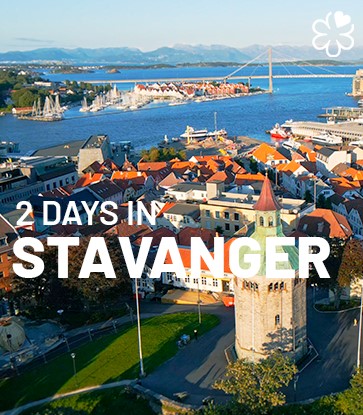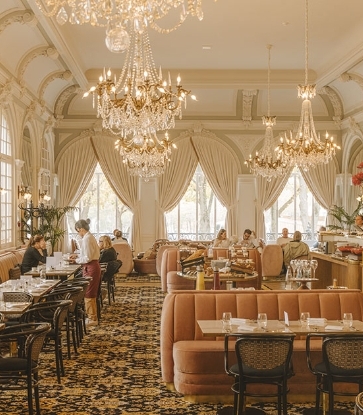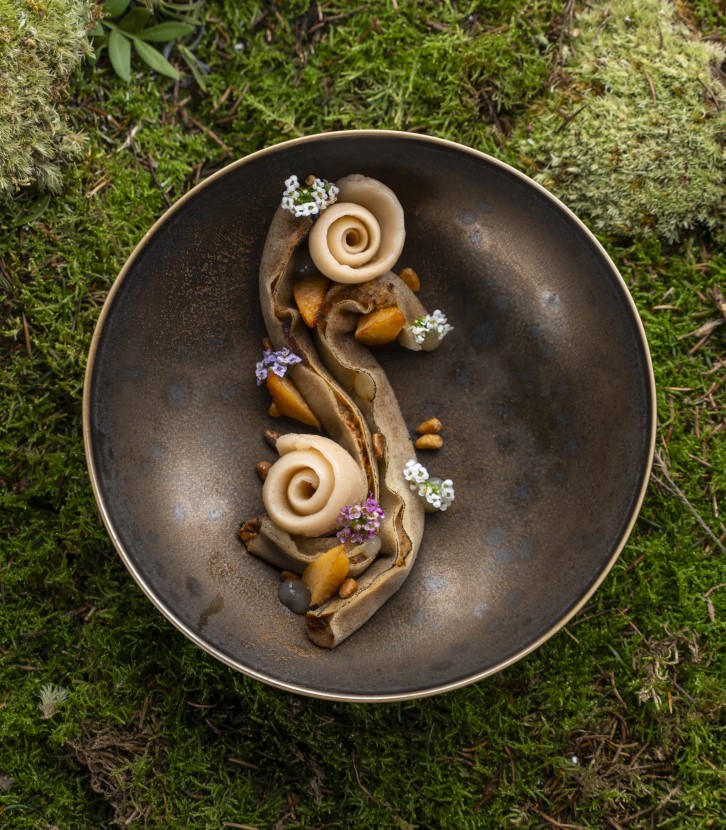“Just as there are movements in painting and music, there are movements in cuisine,” says Chef Bruno Doucet, seated at a window table at Le Comptoir du Relais, the Saint-Germain-des-Prés institution he helms. In front of him are a croque monsieur and some eggs mayonnaise. A waiter in a red polo shirt sets down two bowls of steaming onion soup we’re about to tuck into. It’s an inviting spread for a crisp early-autumn day, but more than that, the dishes create a tableau of the comforting bistro fare the MICHELIN Guide establishment has become known for — the kind that, like an impressionist painting or a baroque symphony, endures, even as newer, trendier styles come and go.
Find your hotel
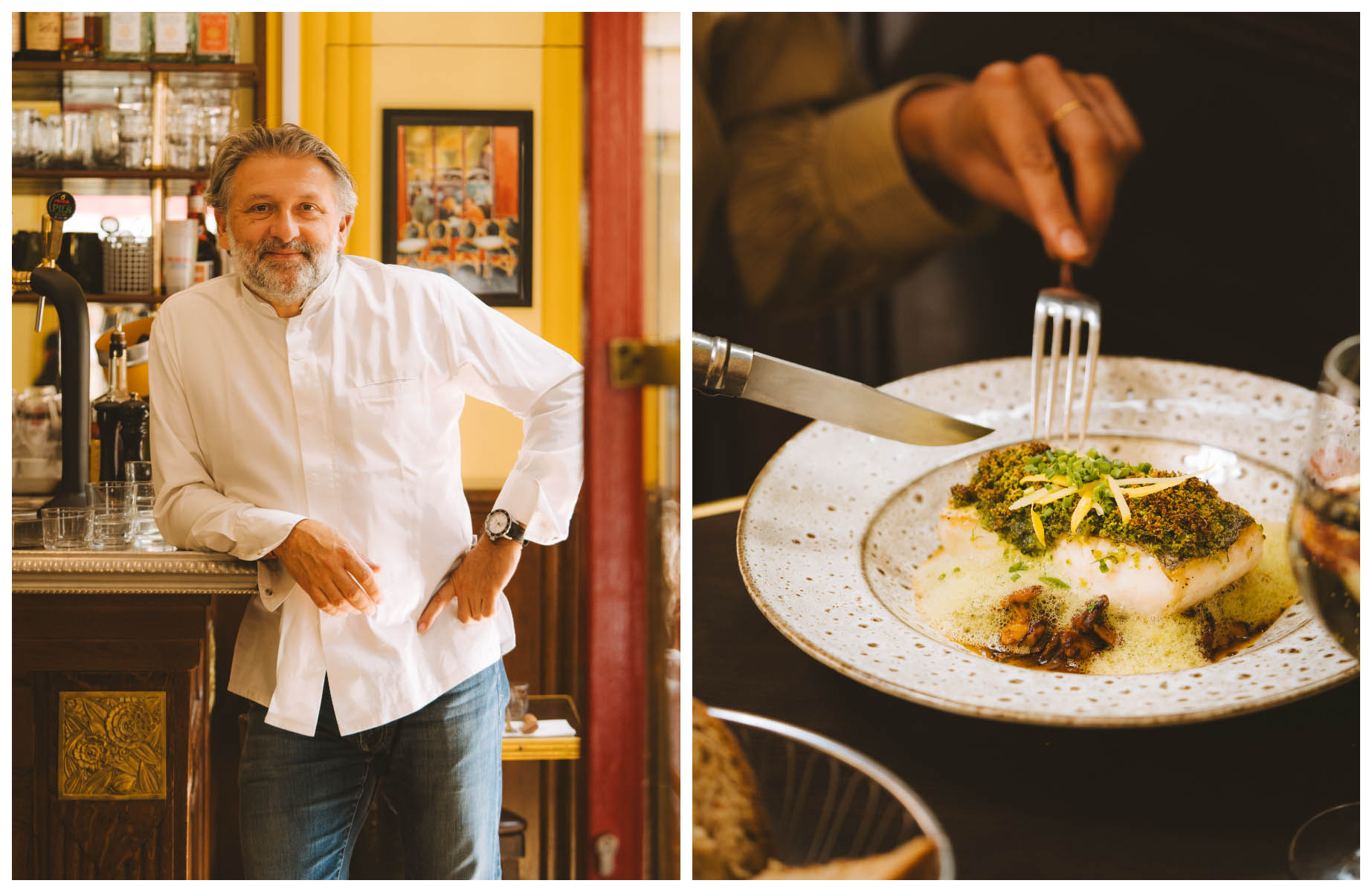
Inspector-approved Le Comptoir du Relais is often heralded as one of the cradles of bistronomy, a term coined in 2004 by the French food critic Sébastien Demorand to describe the new-wave bistros he saw popping up all over Paris at the time. At these establishments, classically-trained chefs — like the restaurant’s founder, Yves Camdeborde, who Doucet took over from in 2022 — paired a zero-pretense atmosphere with the techniques and produce-driven ethos that they had honed in the country’s best kitchens.
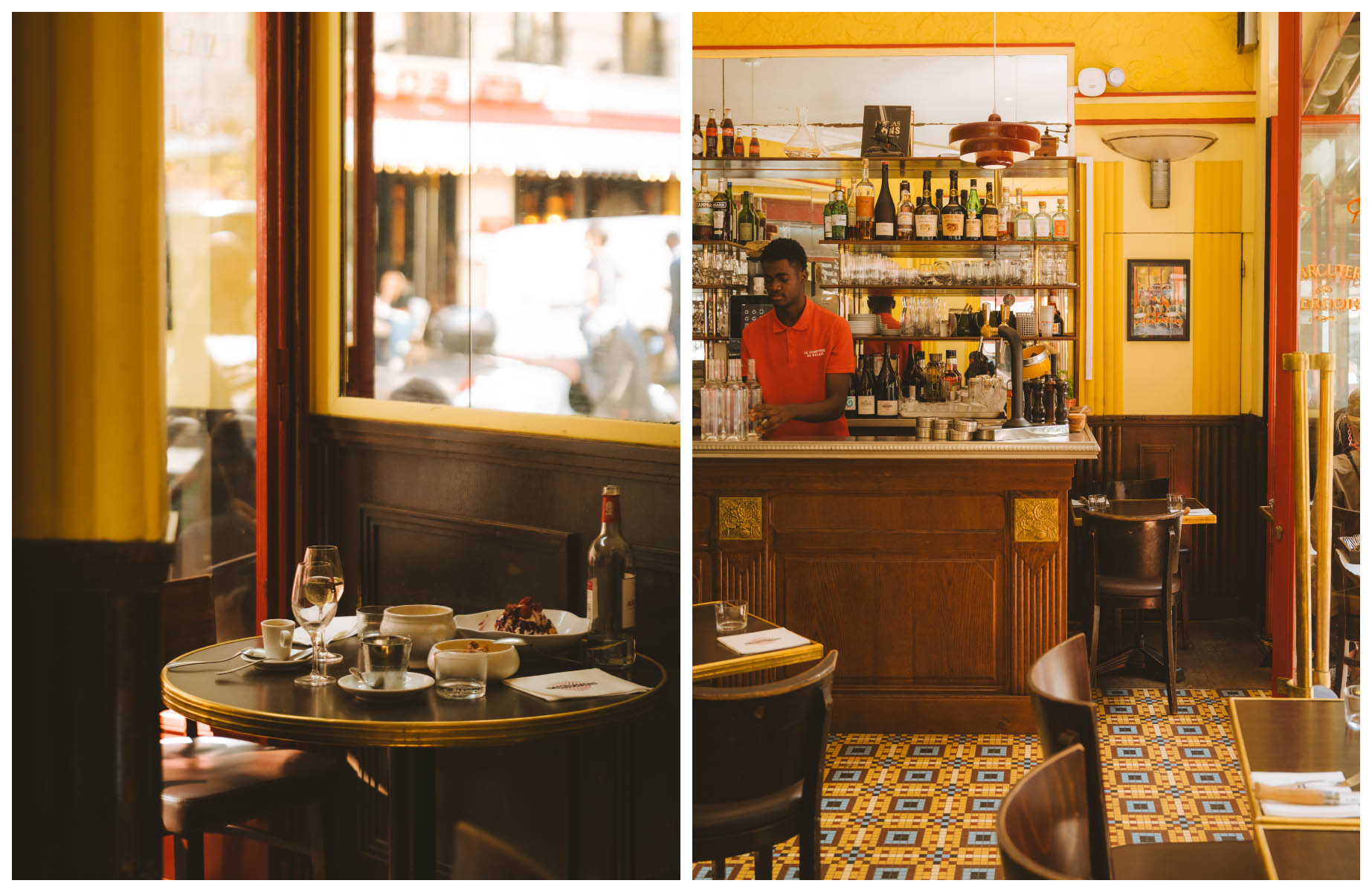
“Much of the approach to the food is the same as at the palace, but in a bistro setting at an affordable price,” he explains. When the main course arrives, it could easily rival a dish from a fine-dining establishment rather than what you’d expect from a buzzy all-day venue: a perfectly flaky Breton-caught fillet of hake, served on a generous bed of foam-topped girolles. “It’s the time of year for mushrooms,” says Doucet with a pleased smile. Seasonal produce like this guides his cooking: The menu evolves with the harvest and features an ever-changing plat du jour (dish of the day). “Sure, people come here to eat well, but also to have a good time — that’s the most important thing in bistronomy.”
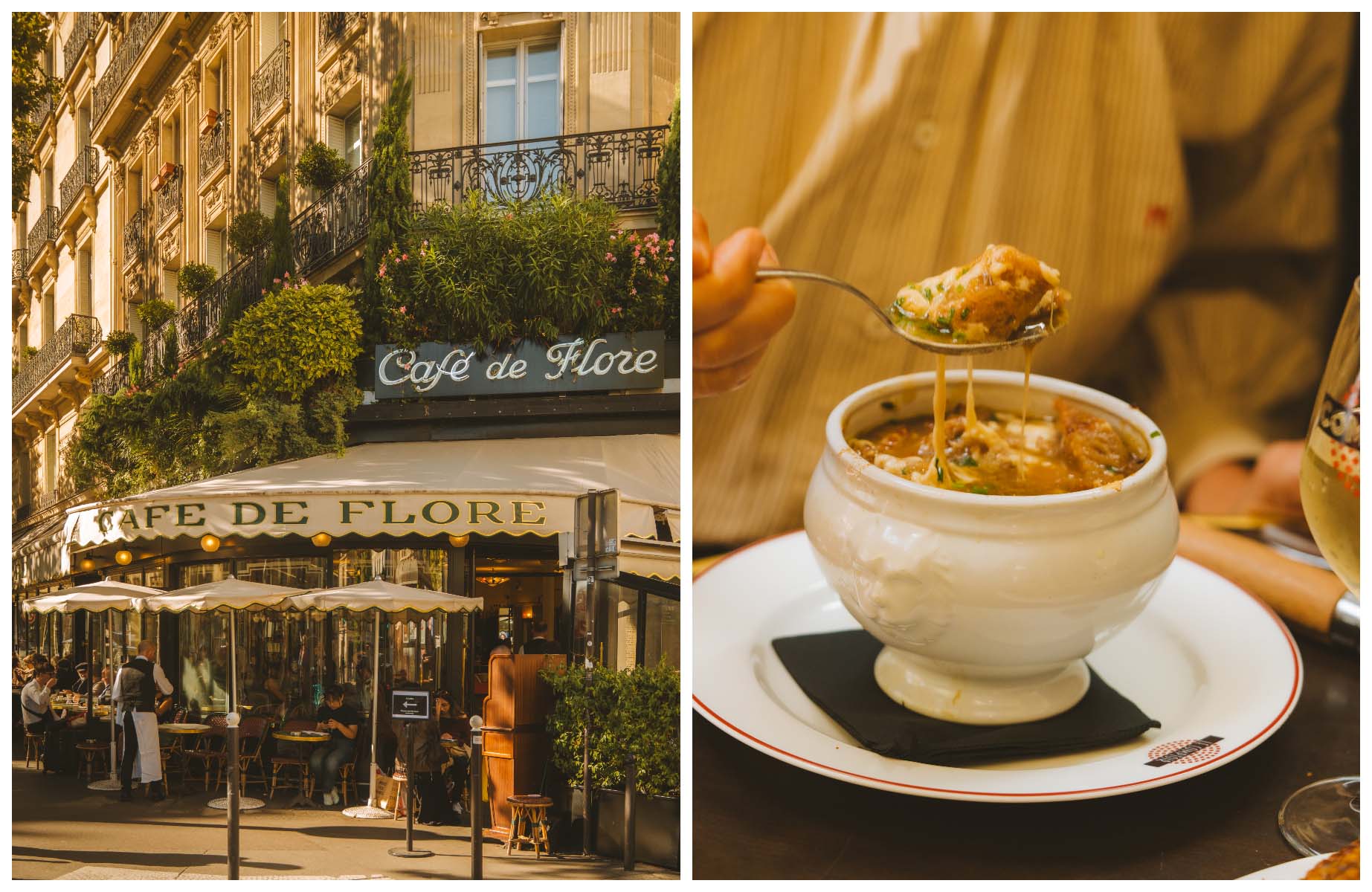
Strolling through Saint-Germain-des-Prés, it feels like there’s a bistro to suit just about every mood and moment. As the home of the legendary Café de Flore and Les Deux Magots — once frequented by the city’s intellectual set, from philosopher Jean-Paul Sartre to painter Pablo Picasso — this chic Left Bank neighborhood has the cozy spirit of these quintessentially Parisian hangouts woven into its very fabric. And while some of these cafés draw crowds more for their people-watching than their food, many remain beloved local spots where the cuisine and time-frozen ambience endure side by side.
Among local favorites for its food is MICHELIN selection Le Bon Saint-Pourçain, which looks like a dictionary illustration for the “neighborhood bistro” entry. It’s the type of friendly, nostalgia-tinged eatery where senators from the nearby Palais du Luxembourg rub shoulders with the quartier’s residents and in-the-know tourists over house-made terrines, pâté en croûte and, in autumn, game specialties.
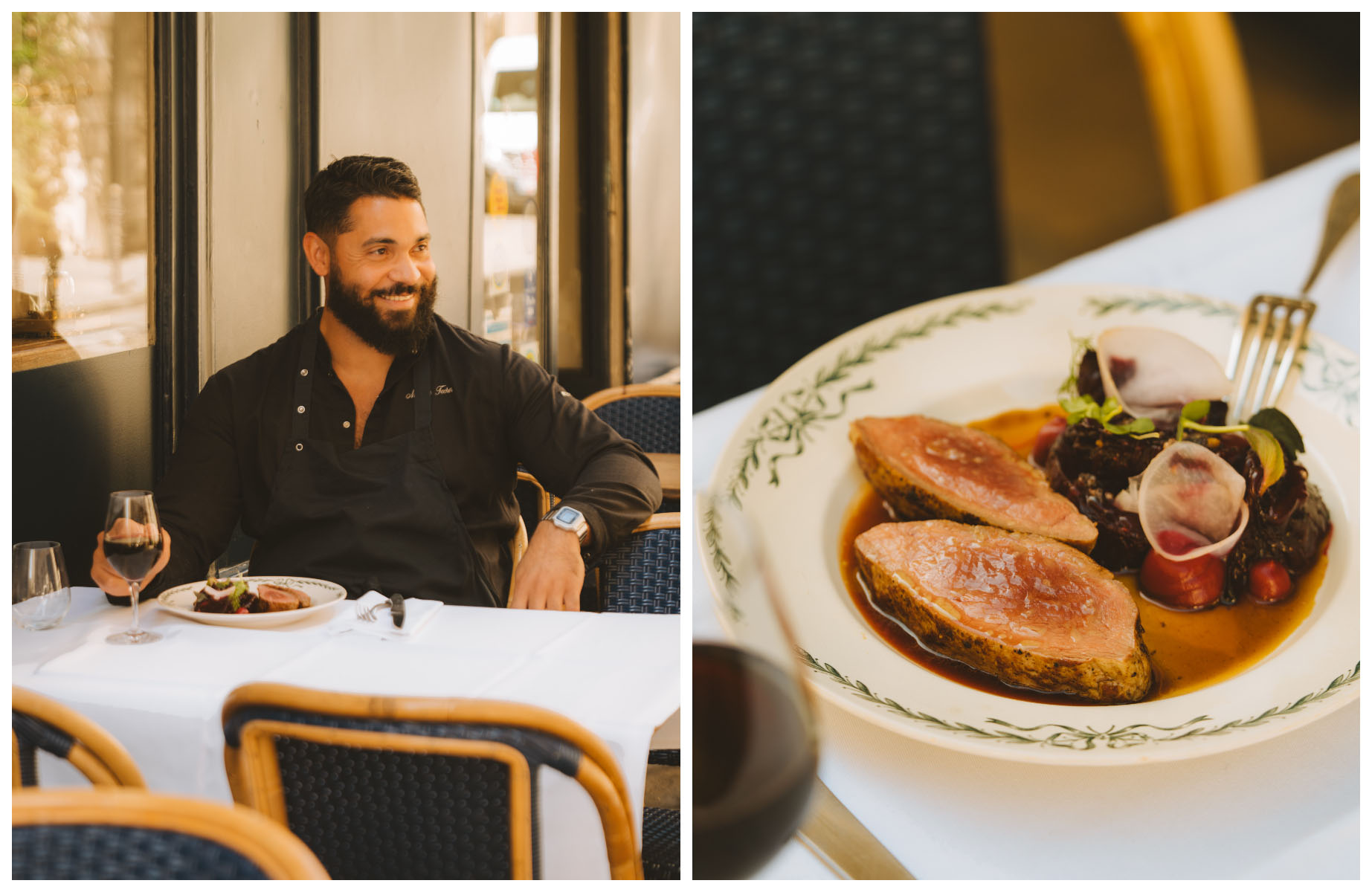
“This has always been a bistro, but before we arrived, the food wasn’t great,” says Head Chef Mathieu Techer, soaking up a bit of autumn sun on the terrace after a busy midweek lunchtime service. When the ownership changed in 2015, the new team kept all the original decor — red banquettes, small-tiled floors, wooden bistro chairs — but focused instead on refreshing the menu with a high-quality seasonal take on French classics. The food on offer is traditional but executed with great finesse and attention to detail: Dishes like tuna mi-cuit and rump of veal are topped with colorful herbs from Techer’s own garden, and white tablecloths are laid out both in the salle and on the terrace outside.
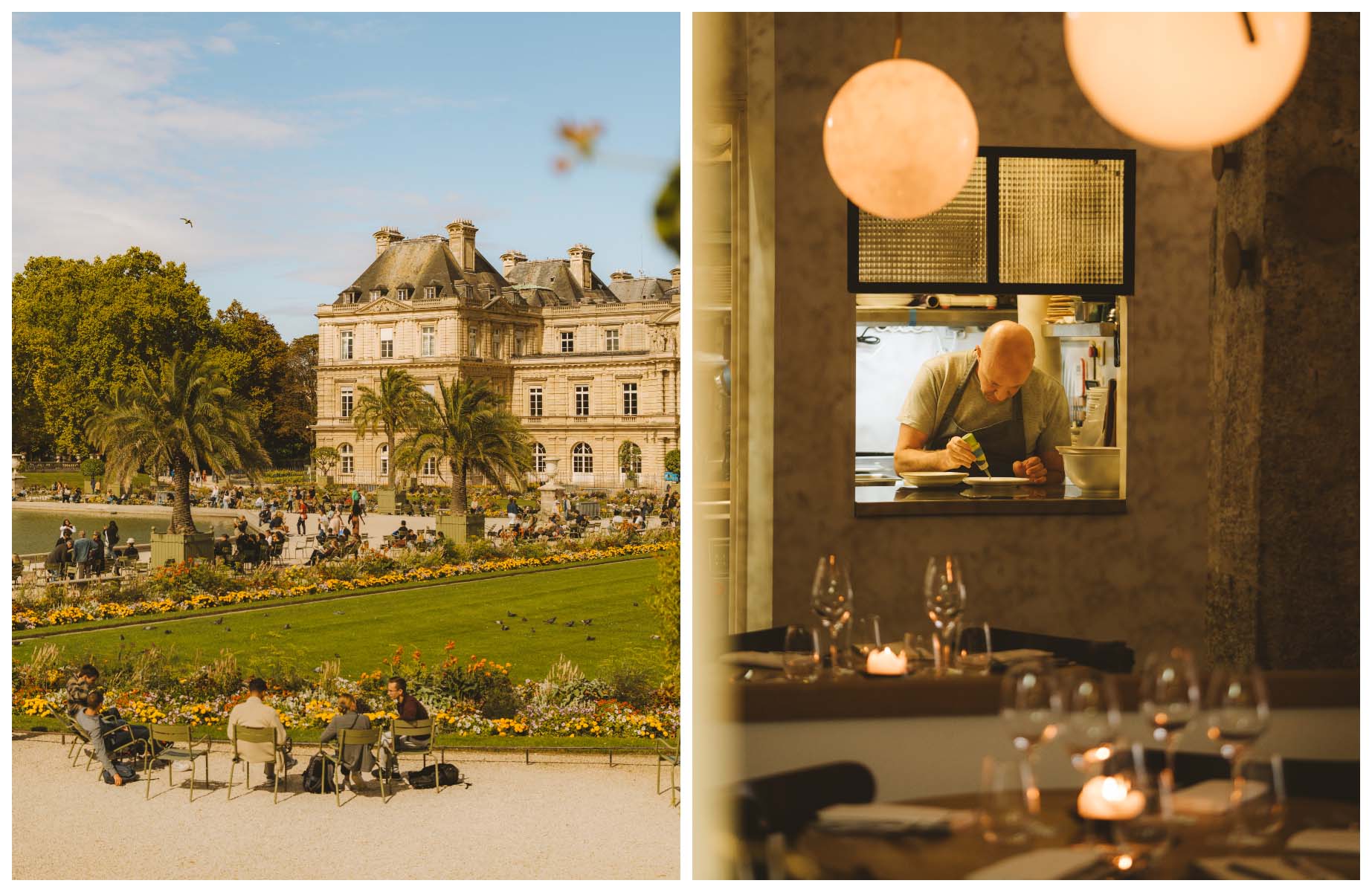
The white tablecloth — a beloved old-world French bistro staple — has also made a comeback at the One-MICHELIN-Starred Quinsou, located just a few streets west of the Luxembourg Gardens, across from the renowned Ferrandi cooking school. “Ten years ago, it was cool to leave tables bare,” says Chef-owner Antonin Bonnet, referring to one of the unwritten rules of the bistronomy movement. “Now, people are looking for more comfort again. The quality of the plates, the flowers and the overall decor has become just as important as the food itself.”
Luckily, Bonnet is in ample supply of all three. The restaurant’s crockery comes courtesy of his ceramicist wife; the bouquets of wildflowers are delivered weekly from one of his vegetable suppliers, Ferme des Prés; and the well-appointed 26-cover space teems with design classics, from Michael Anastassiades and Louis Poulsen lamps to USM shelves. These aesthetic touches give a foretaste of the simplicity with which Bonnet handles his ingredients, highlighting them in their purest, most untouched form — from melt-in-the-mouth Poissonnerie Viot tuna to poultry from La Ferme En Coton.
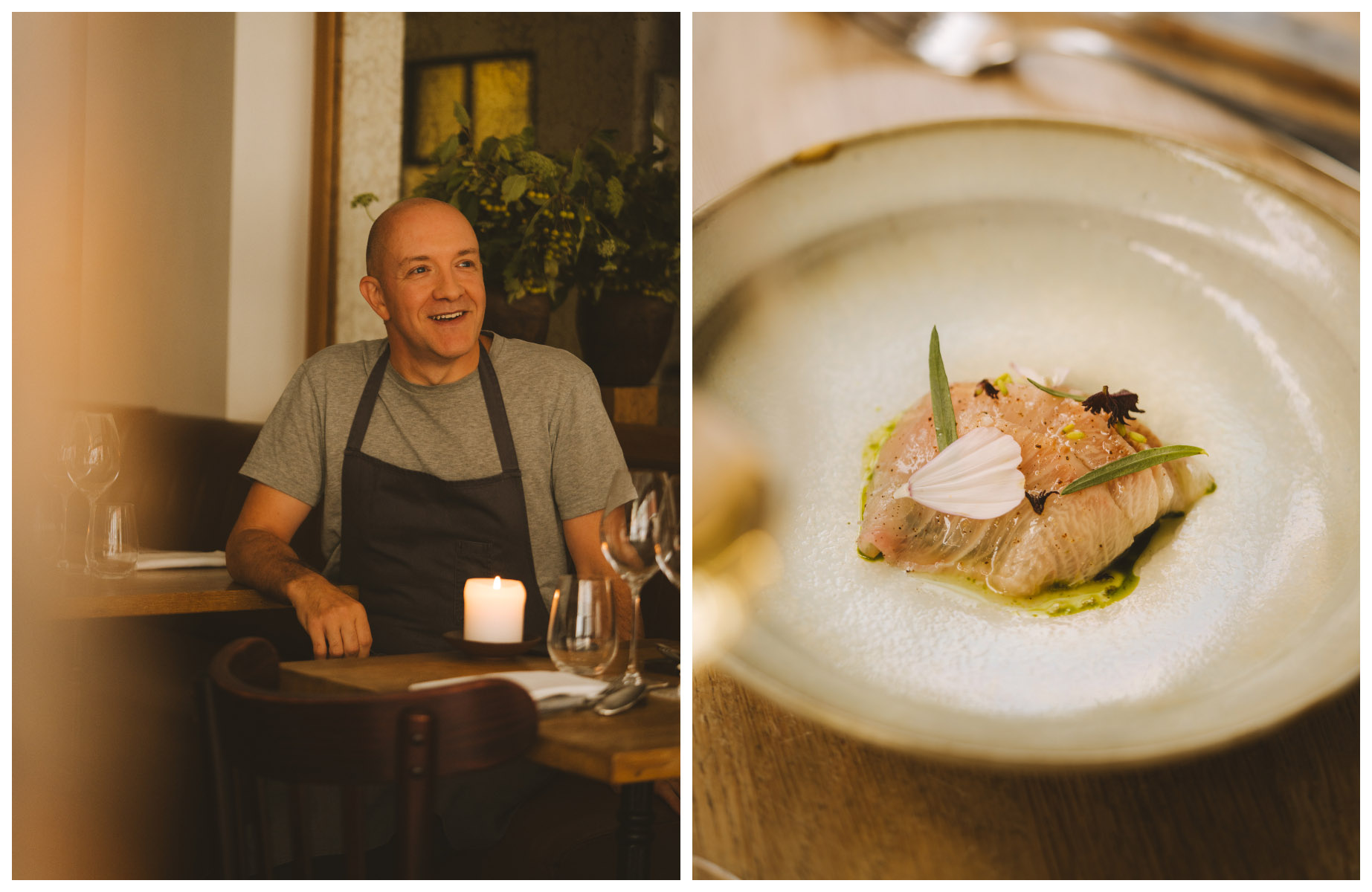
“We only work with people who give meaning to nature and their craft,” Bonnet explains. “There’s so much depth in their produce that we want to showcase.” This approach extends to dessert, where, on the day of our visit, the season’s last peaches burst with the sweet, sun-soaked flavors of summer — their aroma brought out even more by a fig leaf ice cream and a sprinkling of fresh shiso leaves.
Places like Quinsou may not call themselves bistros in the traditional sense of the word, but they offer an unparalleled way to experience those same principles elevated to a more ambitious level. The same goes for Semilla, also in The MICHELIN Guide, where a team of young, Ferrandi-trained chefs build on their classical background to dream up creative tasting and à la carte menus in a stylish industrial setting.
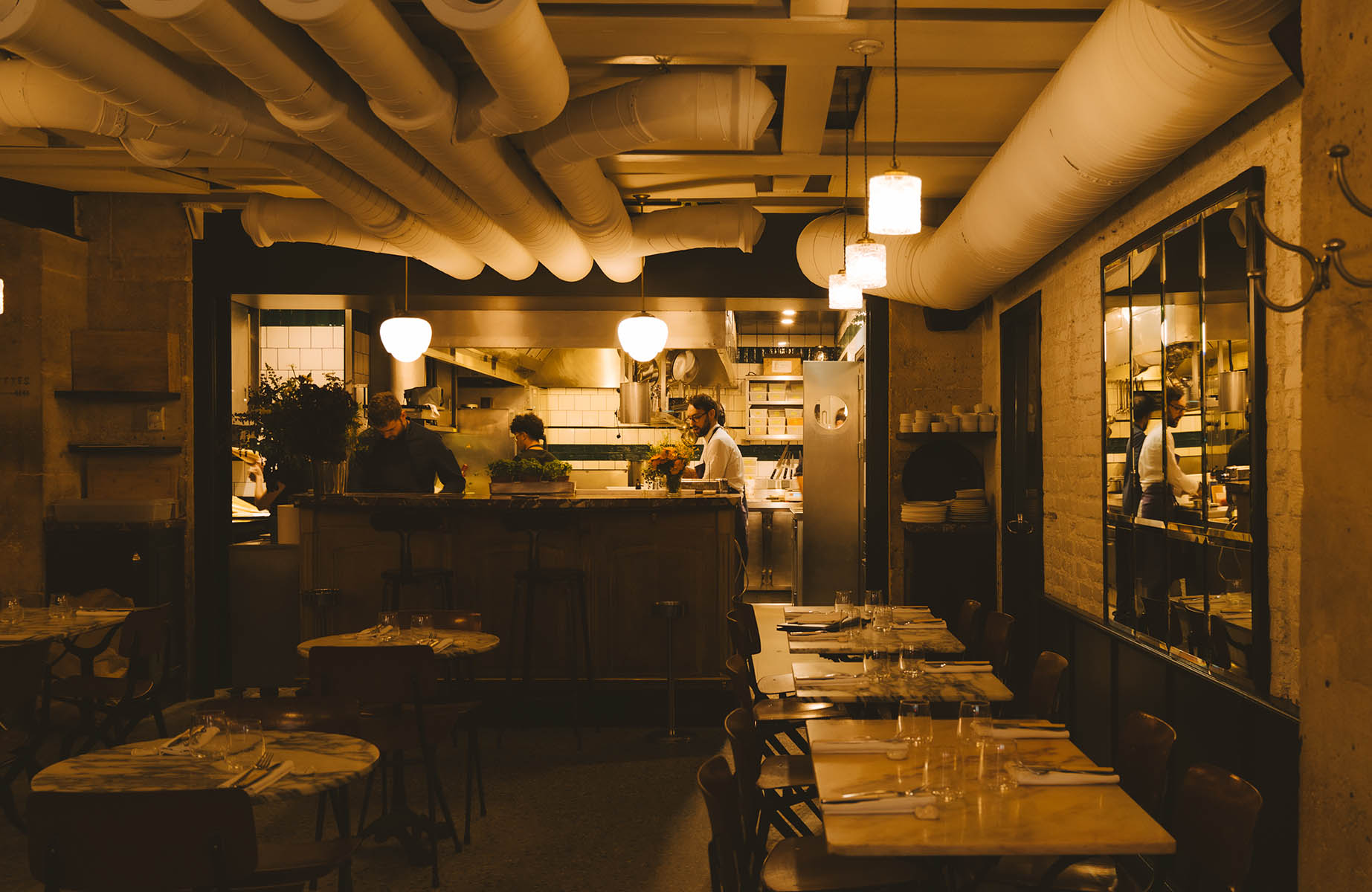
Like so many of the names leading Paris’ best bistros, Chef de Cuisine Pablo Thiollier-Serrano learned the tricks of his trade by climbing through the ranks of MICHELIN-Starred kitchens. This is the first non-Starred restaurant where he’s worked, but looking at his carefully plated dishes, you’d hardly guess it lacked a Star. “We put a lot of work into the sauces we serve,” says Thiollier-Serrano, drizzling a butter-enriched apple jus over a polenta-crusted roasted sweet potato. Elsewhere on the menu, dishes are finished with the likes of Albufera sauce, fig-leaf vinegar and a deep, almondy romesco salsa.
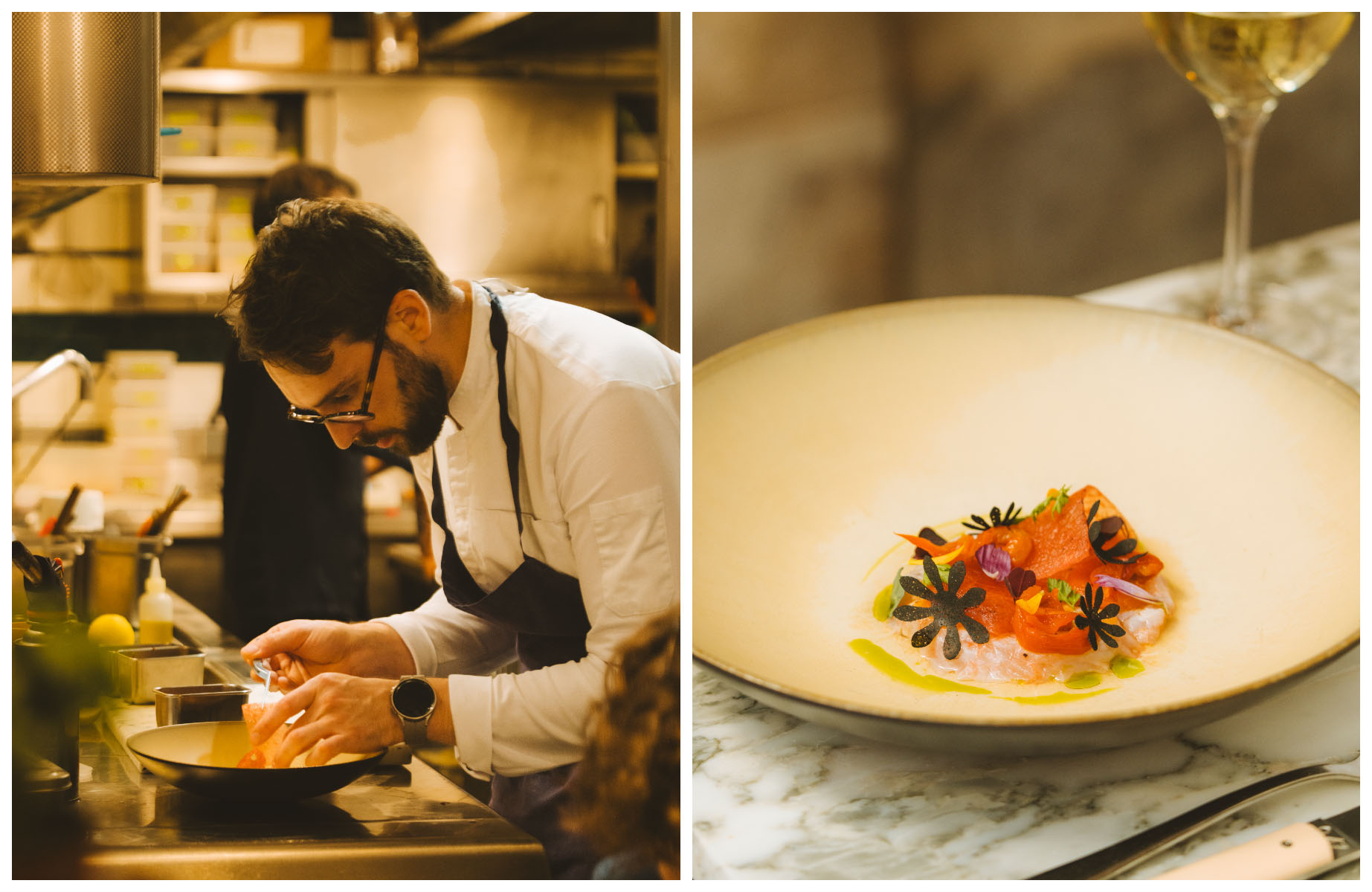
Despite its serious gastronomic credentials, the ambience is convivial and reminiscent of a lively neighborhood den, with evenings fueled by the restaurant’s stellar wines from its sister business, La Dernière Goutte. “We want our guests to feel laid-back,” says Thiollier-Serrano. That, Saint-Germain-des-Prés restaurateurs seem to agree on: A bistro, no matter the style, is nothing without the atmosphere to match.
What to Do
To bring a piece of the neighborhood’s picture-book bistro culture back to your home, make sure to stop by the boutique of Marin Montagut. The illustrator has created a line of china plates and cups for Café de Flore, which are on sale at 48 Rue Madame alongside teapots, textiles and other trinkets depicting neighborhood icons such as the grass-green Luxembourg chairs and Paris’ iconic blue street signs. Saint-Germain-des-Prés is a fitting home for Montagut, who chose the area for its “village vibe.” He explains, “Rue Madame reminds me of the Paris of yesteryear, where you find the school, the boulangerie and corner café within just a few meters.”
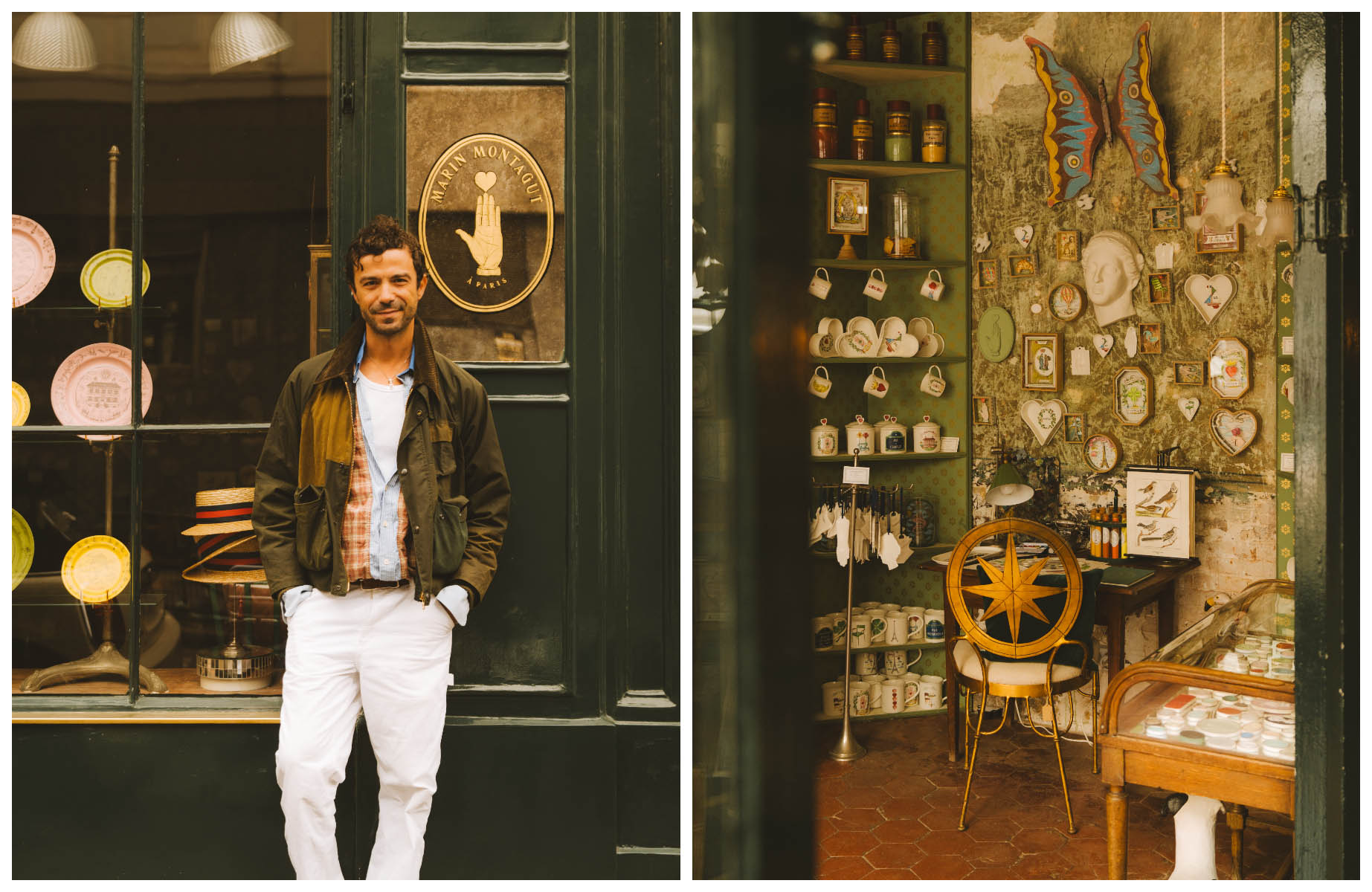
After a stroll through the Luxembourg Gardens — if only to try out its namesake chairs in real life — it’s time to warm up with a café allongé (a “long” espresso with less water than an americano). The best coffee in the area is served at Ten Belles, on Rue du Cherche-Midi, but more than just a café, it’s also where the city’s chef crowd shops for bread: Ten Belles’ bakery supplies some 80 Parisian restaurants with its perfectly crusty, chewy sourdough loaves. “It goes from Three-MICHELIN-Starred establishments to tiny neighborhood coffee shops,” says co-founder Alice Quillet, listing Le Gabriel, Septime and Saint-Germain-des-Prés’ Yoshinori among the Starred restaurants they work with.
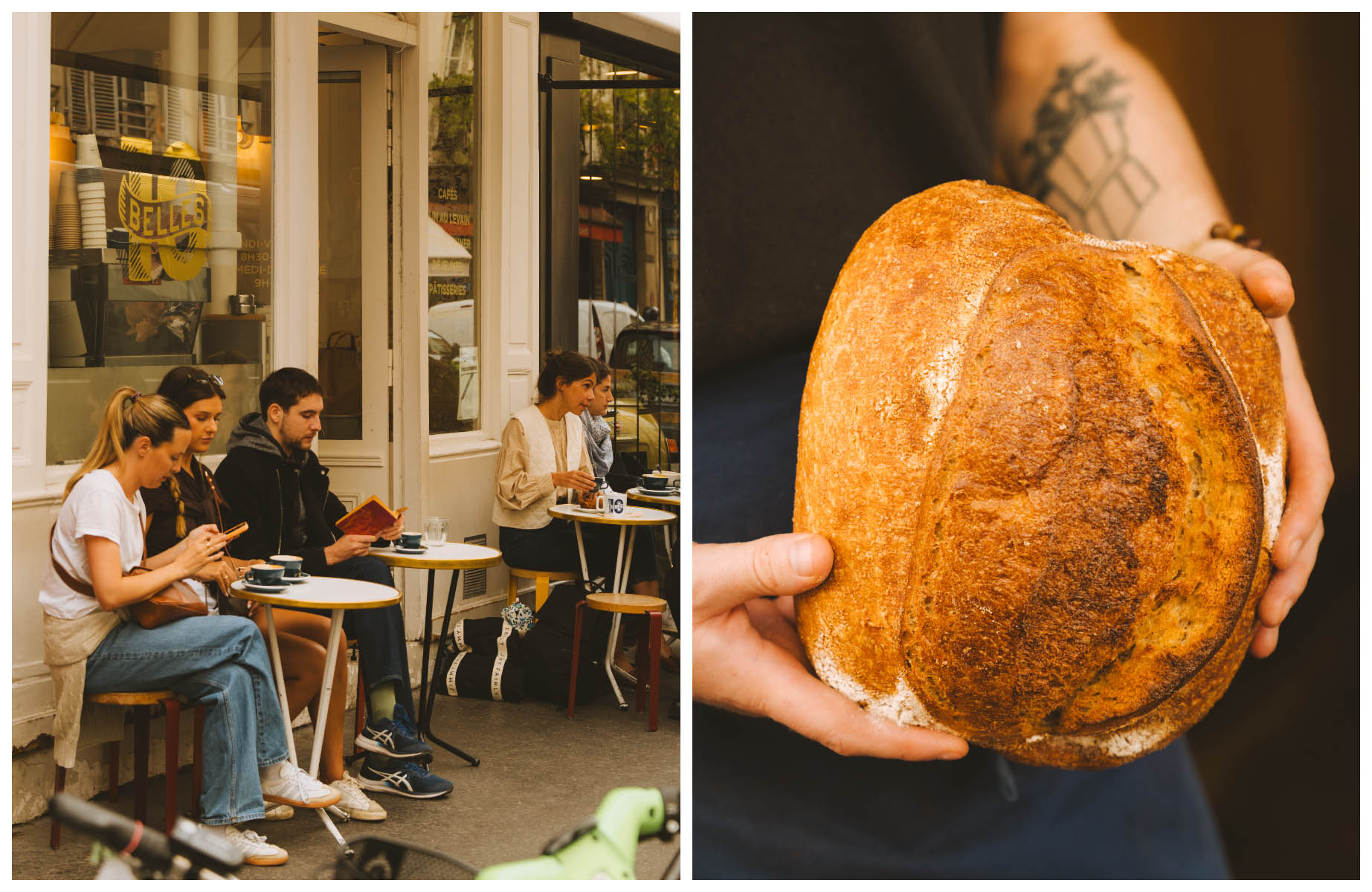
The reason they are Paris’ most sought-after bakery is simple: “The lactic acidity from the sourdough makes you want to eat and drink,” explains Quillet. “It pairs well with all sorts of dishes and it’s perfect for mopping up sauces.” The range of baked goods doesn’t end there though: Ten Belles also sells scones, cookies and flaky cinnamon buns to enjoy alongside your café de spécialité.
Where to Stay
After all that wining and dining — with a healthy dose of walking in between — you’ll be ready for a cozy bed to retreat to. Often touted as one of Paris’ chicest neighborhoods, it’s no surprise that Saint-Germain-des-Prés is home to the Belle Époque grande dame that is Mandarin Oriental Lutetia, Paris. Its history dates back to 1910, when it was opened to provide affluent shoppers arriving via the newly opened Gare d’Orsay with a pied-à-terre after visiting the Le Bon Marché department store. Today, the palace’s richly ornate facade hides 184 guest rooms and suites, a spa with a pool and multiple restaurants, offering everything you need for a home-away-from-home feeling.
Find your hotel
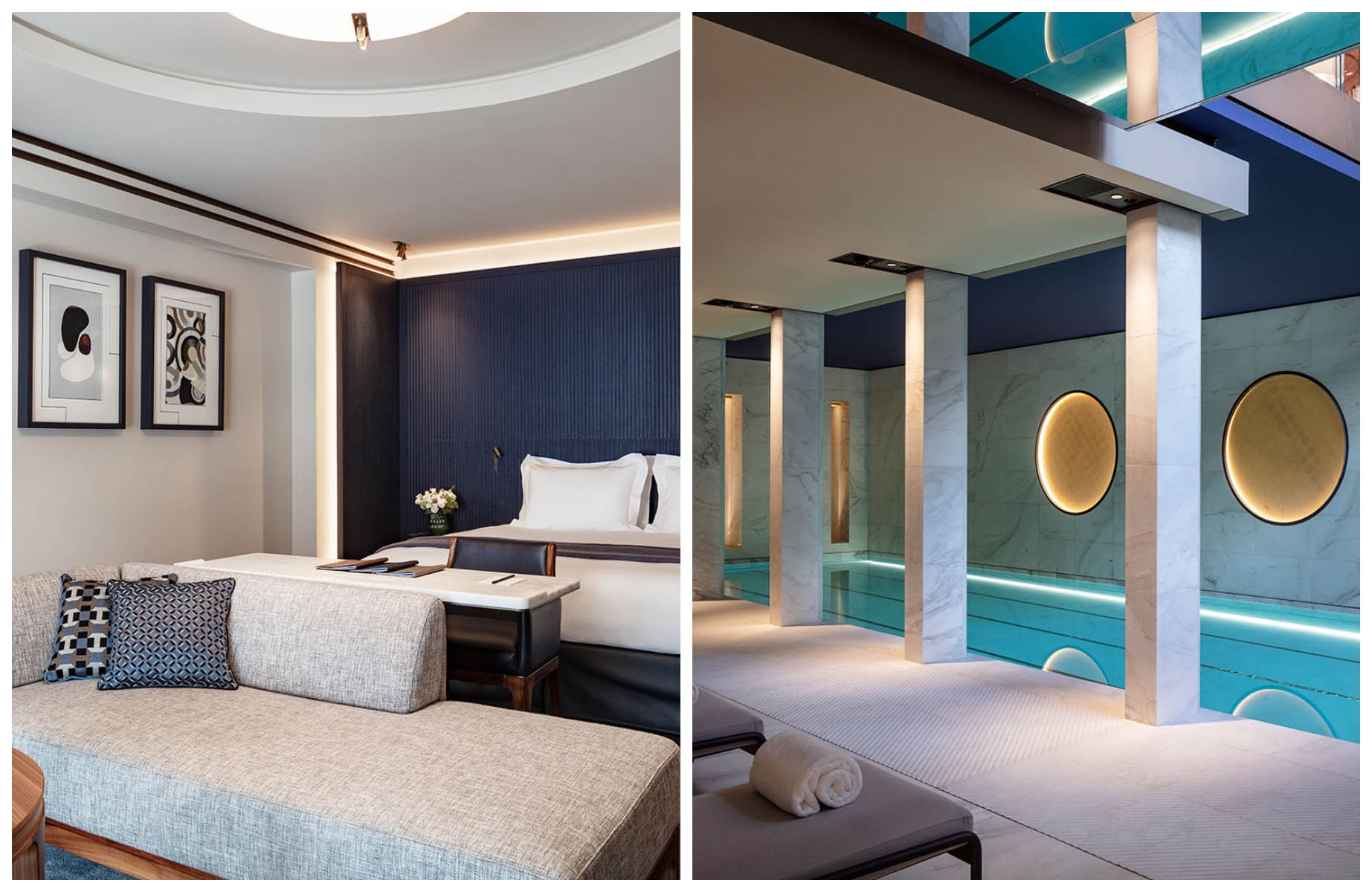
For a different but equally elegant vibe, check out the charming Relais Christine, housed in a tastefully restored medieval abbey. As you would expect from such a time-honored property, no two rooms are the same here: The 48 guest rooms are all individually decorated, featuring beamed ceilings, opulent textiles and other period features. It’s a gentle reminder that you’re on Paris’ history-steeped Rive Gauche, though we doubt you’ll need the hint.
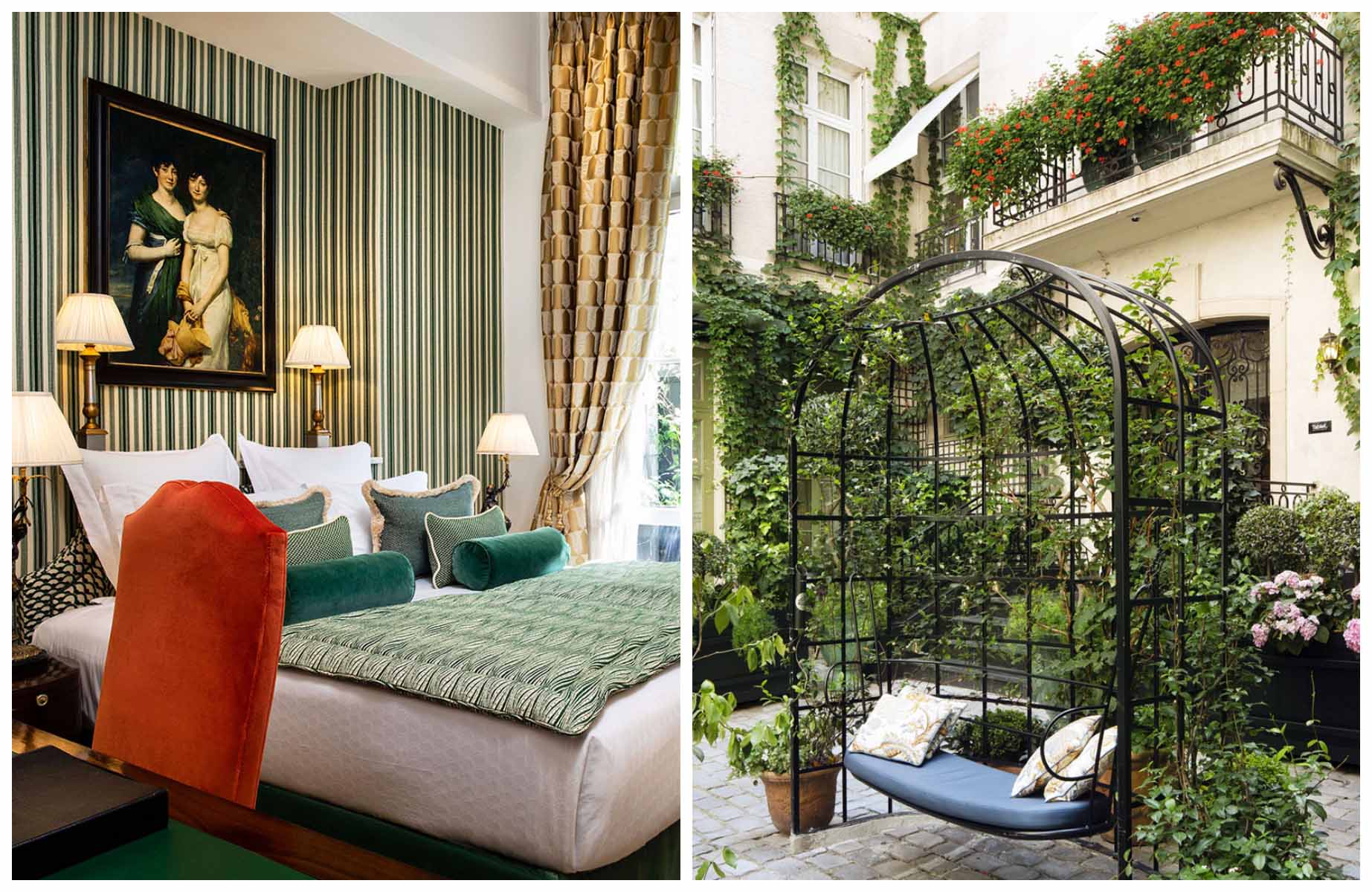
Hero Image: Terrace of Le Bon Saint Pourçain. ©Joann Pai/The MICHELIN Guide




